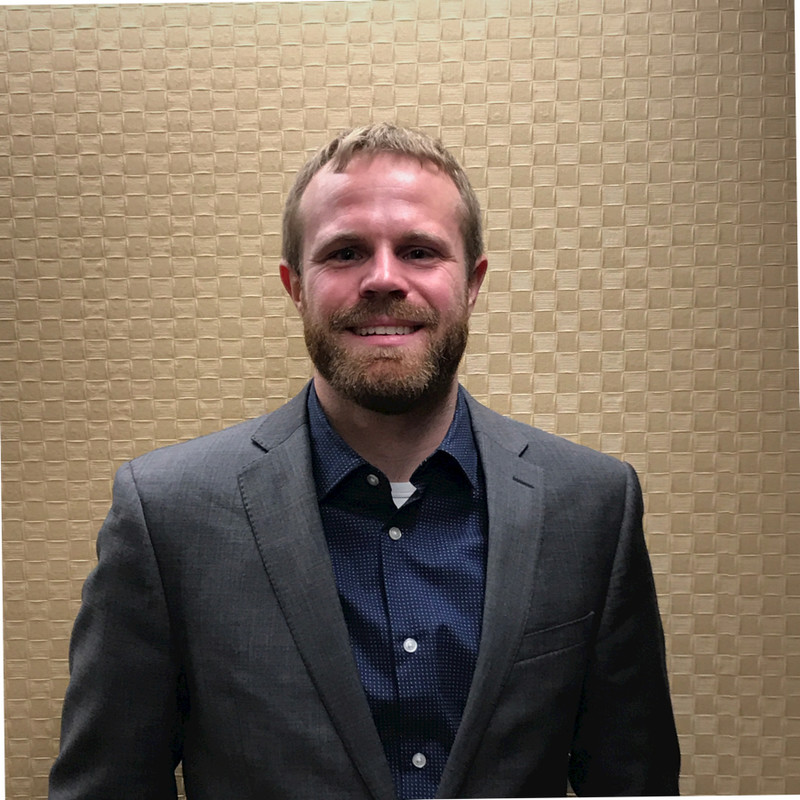Presented by
Richard Ott
Validation and Verification Lead, Air Force Research Lab
Abstract: The global market for ICs has expanded dramatically over the last few decades, valued at over $300B in 2013. With the push toward globalization combined with the proliferation of commercial and consumer products containing ICs, it has led to rapid semiconductor business growth in Asia. ICs specifically produced for military applications make up a small percent of the total market, ranging from 0.1 to 1%. Due to low volume requirements, the military is not capable of meaningful influence, resulting in a larger disparity between commercial and military requirements. Most IC fabrication and considerable intellectual property design is performed overseas, while domestic, trusted foundry options are often two to three process nodes (three to eight years) behind state-of-the-art (SOTA), with 50% higher cost. To take advantage of SOTA technologies, US military systems are forced to utilize commercially available supply chains. Offshore design, production, and independent distribution of ICs provide adversarial opportunity for malicious insertion and component counterfeiting, motivated by strategic objectives or economic gain. To combat this, while maintaining access to SOTA technologies, the US military must develop an approach to minimize platform and infrastructure risk, enabling cutting edge capability to be delivered to the war fighter. Data driven assurance methods provide an opportunity to deliver such capability, along with an understanding of associated risk.
 Bio: Dr. Ott leads the Air Force Verification & Validation efforts under the OSD T&AM/MINSEC activities. In his current role, he actively researches methods to improve microelectronic counterfeit detection methods & metrics, and supply chain assurance. In addition to his work at AFRL, he leads the JFAC ASSESS Working Group, evaluating second order effect system capability and working to link measured observables to their physical origin. Prior to AFRL, he was a group leader and principal investigator at Applied Research Associates, BerrieHill Research Division, where he led a team performing LO nondestructive surface inspection and trusted microelectronics research. He received his BA in physics from Ohio Wesleyan University, his MS in Mechanical Engineering from the University of Akron, and his Ph.D. in Mechanical Engineering from Utah State University.
Bio: Dr. Ott leads the Air Force Verification & Validation efforts under the OSD T&AM/MINSEC activities. In his current role, he actively researches methods to improve microelectronic counterfeit detection methods & metrics, and supply chain assurance. In addition to his work at AFRL, he leads the JFAC ASSESS Working Group, evaluating second order effect system capability and working to link measured observables to their physical origin. Prior to AFRL, he was a group leader and principal investigator at Applied Research Associates, BerrieHill Research Division, where he led a team performing LO nondestructive surface inspection and trusted microelectronics research. He received his BA in physics from Ohio Wesleyan University, his MS in Mechanical Engineering from the University of Akron, and his Ph.D. in Mechanical Engineering from Utah State University.
Top